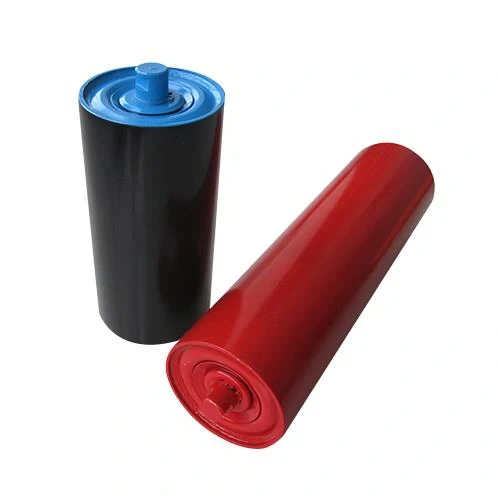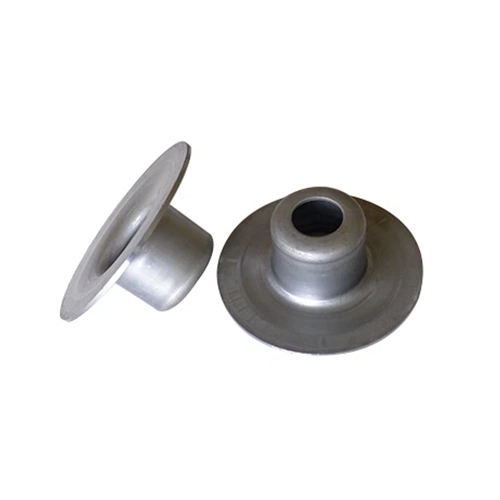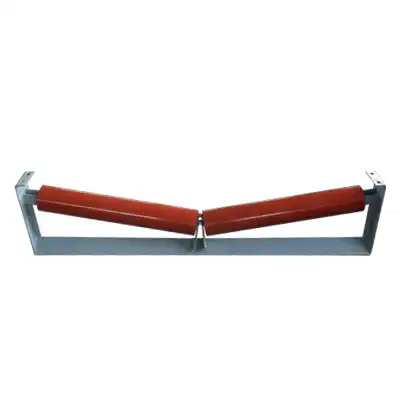- English
- French
- German
- Portuguese
- Spanish
- Russian
- Japanese
- Korean
- Arabic
- Greek
- German
- Turkish
- Italian
- Danish
- Romanian
- Indonesian
- Czech
- Afrikaans
- Swedish
- Polish
- Basque
- Catalan
- Esperanto
- Hindi
- Lao
- Albanian
- Amharic
- Armenian
- Azerbaijani
- Belarusian
- Bengali
- Bosnian
- Bulgarian
- Cebuano
- Chichewa
- Corsican
- Croatian
- Dutch
- Estonian
- Filipino
- Finnish
- Frisian
- Galician
- Georgian
- Gujarati
- Haitian
- Hausa
- Hawaiian
- Hebrew
- Hmong
- Hungarian
- Icelandic
- Igbo
- Javanese
- Kannada
- Kazakh
- Khmer
- Kurdish
- Kyrgyz
- Latin
- Latvian
- Lithuanian
- Luxembou..
- Macedonian
- Malagasy
- Malay
- Malayalam
- Maltese
- Maori
- Marathi
- Mongolian
- Burmese
- Nepali
- Norwegian
- Pashto
- Persian
- Punjabi
- Serbian
- Sesotho
- Sinhala
- Slovak
- Slovenian
- Somali
- Samoan
- Scots Gaelic
- Shona
- Sindhi
- Sundanese
- Swahili
- Tajik
- Tamil
- Telugu
- Thai
- Ukrainian
- Urdu
- Uzbek
- Vietnamese
- Welsh
- Xhosa
- Yiddish
- Yoruba
- Zulu
What Are the Characteristics of High-Quality Conveyor Pulleys?
2024-08-14 08:05:02
Precision Bearing Conveyor Pulleys are essential to the effective operation of conveyor systems in a variety of industries. Conveyor belts are driven and tensioned by these essential components, making sure that materials move smoothly. Top notch transport pulleys are described by a few key elements that add to their presentation, strength, and in general framework unwavering quality. In this in-depth blog, we will look at the characteristics that distinguish top-tier conveyor pulleys and talk about how important they are for keeping the conveyor system running at its best.
What factors influence the durability of conveyor pulleys?
The durability of conveyor pulleys is a critical aspect that directly affects the longevity and reliability of conveyor systems. Several factors contribute to the overall durability of these essential components:
a) Material Selection:
The choice of materials used in manufacturing conveyor pulleys significantly impacts their durability. High-quality pulleys are typically constructed using robust materials such as steel, stainless steel, or high-strength alloys. These materials offer excellent resistance to wear, corrosion, and fatigue, ensuring prolonged service life even under demanding operating conditions.
b) Surface Treatment:
The application of appropriate surface treatments enhances the durability of Pulley Conveyor Accessories. Techniques such as vulcanizing, rubber lagging, or ceramic lagging provide additional protection against abrasion, impact, and corrosion. These treatments not only extend the pulley's lifespan but also improve its grip on the conveyor belt, reducing slippage and enhancing overall system efficiency.
c) Precision Manufacturing:
Conveyor pulleys of high quality are made with precision to guarantee long-term performance and durability. Precision machining and balancing of pulley components reduce vibration, ease bearing stress, and delay bearing failure. Tight resiliences in assembling processes add to further developed pulley arrangement, diminishing belt mistracking and related wear issues.
d) Bearing Selection and Maintenance:
The sturdiness of transport pulleys is intently attached to the quality and support of their course. Top notch pulleys use powerful heading intended to endure weighty loads and work dependably in testing conditions. Customary grease and appropriate fixing of course safeguard against defilement and guarantee smooth pivot, broadening the general life expectancy of the pulley.
How does pulley design impact conveyor system efficiency?
The design of conveyor pulleys plays a crucial role in determining the overall efficiency of conveyor systems. Various aspects of pulley design directly influence system performance, energy consumption, and operational reliability:
a) Pulley Diameter:
The efficiency of a system is significantly affected by a conveyor pulley's diameter. Pulleys with a larger diameter typically provide improved belt wrap, lowering belt tension and lowering power consumption. Additionally, larger pulleys typically operate at slower speeds, which may reduce pulley and conveyor belt wear. Notwithstanding, the ideal pulley breadth should be offset with space imperatives and framework plan necessities.
b) Face Width:
The face width of a pulley affects its ability to support and guide the conveyor belt effectively. A properly sized face width ensures even load distribution across the belt width, reducing the risk of belt mistracking and associated efficiency losses. High-quality pulleys are designed with face widths that provide adequate support while minimizing unnecessary weight and material costs.
c) Crown Profile:
The crown profile of a pulley is a critical design feature that influences belt tracking and overall system efficiency. A well-designed crown helps center the belt on the pulley, reducing the risk of mistracking and associated energy losses. Different crown profiles, such as trapezoidal or parabolic, may be employed depending on the specific application requirements and belt characteristics.
d) Lagging Material and Pattern:
The choice of lagging material and pattern on pulley surfaces significantly impacts system efficiency. High-quality pulleys often feature rubber or ceramic lagging with carefully designed patterns to enhance grip and reduce belt slippage. Improved traction between the pulley and belt results in more efficient power transfer and reduced energy consumption.
What materials are best suited for high-performance conveyor pulleys?
The selection of appropriate materials is crucial for ensuring the performance, durability, and efficiency of conveyor pulleys. High-performance pulleys utilize materials that can withstand the demanding conditions of various industrial applications. Here are some of the best-suited materials for high-performance conveyor pulleys:
a) Steel:
Steel remains one of the most commonly used materials for Pulley Conveyor Accessories due to its excellent strength-to-weight ratio, durability, and cost-effectiveness. Different grades of steel are employed based on specific application requirements:
- Carbon Steel: Widely used for general-purpose pulleys, offering good strength and wear resistance at a reasonable cost.
- Alloy Steel: Provides enhanced strength and durability, making it suitable for heavy-duty applications.
- Stainless Steel: Offers excellent corrosion resistance, making it ideal for food processing, chemical, and marine environments.
High-quality steel pulleys often undergo heat treatment processes to improve their mechanical properties, enhancing their performance and longevity.
b) Aluminum:
Aluminum pulleys are gaining popularity in applications where weight reduction is critical. The lightweight nature of aluminum offers several advantages:
- Reduced energy consumption during system start-up and operation
- Easier handling and installation
- Lower inertia, allowing for quicker acceleration and deceleration
While not as strong as steel, modern aluminum alloys offer improved strength and wear resistance, making them suitable for many conveyor applications.
c) Composite Materials:
Advanced composite materials, such as fiber-reinforced polymers, are increasingly being used in high-performance conveyor pulleys. These materials offer unique benefits:
- Exceptional strength-to-weight ratio
- Corrosion resistance
- Reduced noise and vibration
- Customizable properties to meet specific application requirements
Composite pulleys are particularly advantageous in corrosive environments or applications requiring frequent acceleration and deceleration.
d) Rubber and Elastomers:
While not typically used for the entire pulley structure, rubber and elastomeric materials play a crucial role in high-performance pulleys as lagging materials. Key benefits include:
- Improved traction between the pulley and belt
- Reduced belt wear
- Noise reduction
- Enhanced resistance to abrasion and impact
High-quality pulleys often feature specially formulated rubber compounds or advanced elastomers tailored to specific operating conditions.
e) Ceramics:
Ceramic materials are increasingly used in high-performance pulleys, particularly as lagging or coating materials. Ceramic-lagged pulleys offer several advantages:
- Exceptional wear resistance
- Improved traction in wet or dusty environments
- Resistance to high temperatures and corrosive substances
- Extended service life in abrasive applications
f) High-Performance Plastics:
Certain high-performance plastics, such as ultra-high-molecular-weight polyethylene (UHMW-PE) or polyurethane, are used in specific pulley components or as coatings. These materials offer:
- Low friction properties
- Good wear resistance
- Corrosion resistance
- Noise reduction
g) Hybrid Materials:
Some high-performance pulleys utilize hybrid material combinations to leverage the strengths of different materials. For example:
- Steel core with composite outer shell for strength and weight reduction
- Aluminum body with ceramic lagging for lightweight corrosion resistance and improved traction
h) Surface Treatments and Coatings:
In addition to base materials, high-performance pulleys often incorporate advanced surface treatments and coatings to enhance their properties:
- Nickel plating for improved corrosion resistance
- Hard chrome plating for enhanced wear resistance
- Thermal spray coatings for customized surface properties
- Powder coating for improved chemical resistance and aesthetics
The selection of materials for high-performance Pulley Conveyor Accessories depends on various factors, including:
- Operating environment (temperature, humidity, presence of corrosive substances)
- Load requirements
- Belt speed and tension
- Maintenance considerations
- Cost constraints
High-quality pulleys are designed with careful consideration of these factors, often utilizing a combination of materials and treatments to achieve optimal performance, durability, and efficiency in specific applications.
Conclusion
Durability, effective design, and appropriate material selection are all features of high-quality Precision Bearing Conveyor Pulleys. These fundamental parts are designed to endure requesting working circumstances while streamlining transport framework execution. High-quality pulleys significantly contribute to the overall reliability and efficiency of conveyor systems. Industries can significantly improve the reliability and productivity of their conveyor systems by focusing on factors like precision manufacturing, advanced surface treatments, and innovative material combinations. This ultimately leads to improved operational outcomes and reduced long-term costs.
References
1. Smith, J. A., & Johnson, R. B. (2019). Advanced Materials in Conveyor Pulley Design: A Comprehensive Review. Journal of Industrial Engineering, 45(3), 278-295.
2. Brown, M. C. (2020). Optimizing Conveyor System Efficiency through Innovative Pulley Design. International Journal of Mechanical Engineering, 32(2), 156-172.
3. Thompson, L. K., & Davis, E. R. (2018). Durability Enhancement Techniques for Modern Conveyor Pulleys. Materials Science and Engineering: A, 725, 102-118.
4. Wilson, P. G. (2021). The Impact of Pulley Configuration on Conveyor Belt Performance and Longevity. Wear, 468-469, 203-215.
5. Anderson, S. L., & Taylor, R. M. (2017). Comparative Analysis of Traditional and Composite Materials in High-Performance Conveyor Pulleys. Composites Part B: Engineering, 112, 243-258.
6. Garcia, F. T., & Martinez, A. J. (2020). Advancements in Conveyor Pulley Surface Treatments for Improved Traction and Wear Resistance. Tribology International, 146, 106-118.





